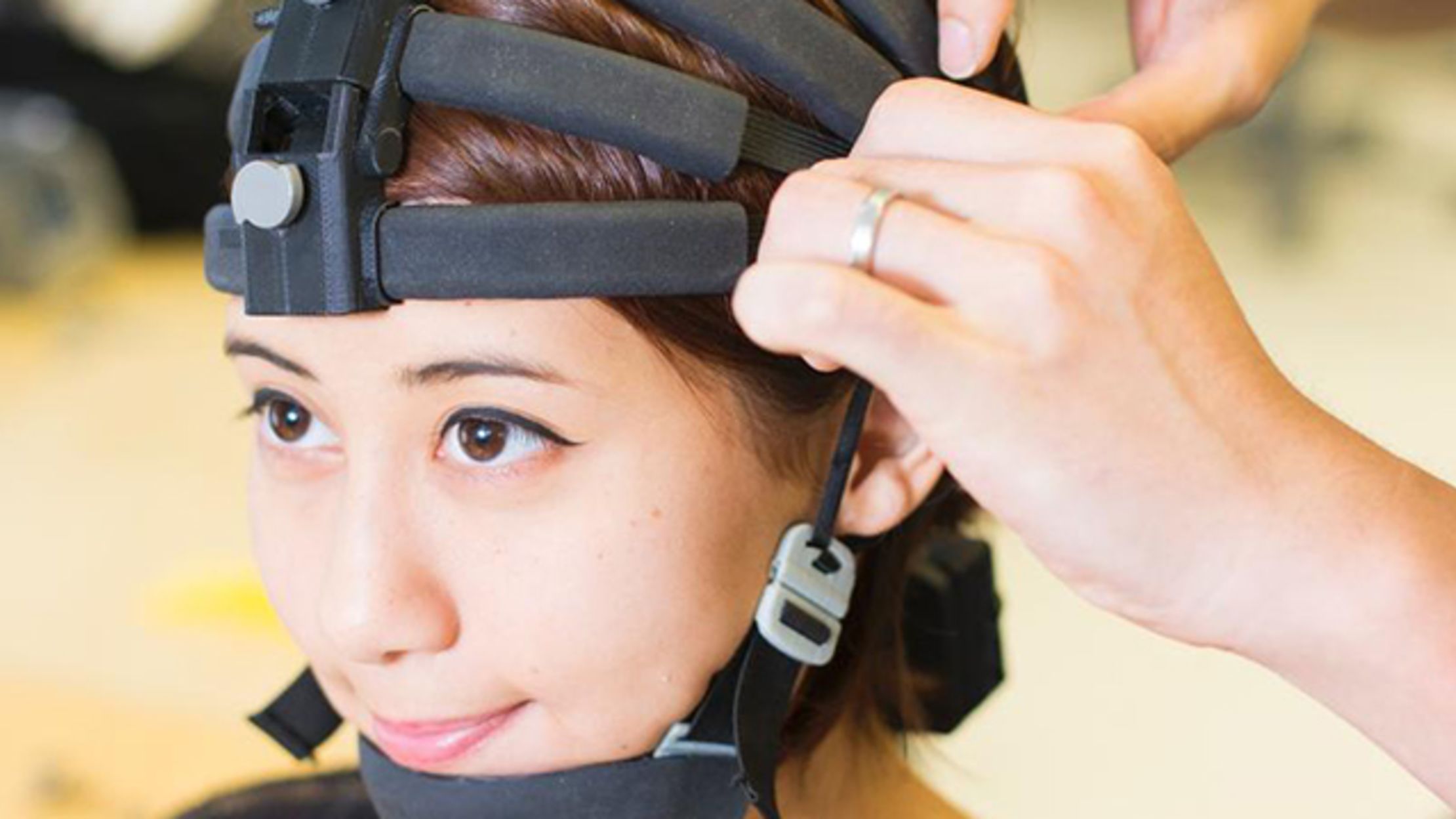
- #WHAT IS AN EEG TEST USED TO DIAGNOSE SKIN#
- #WHAT IS AN EEG TEST USED TO DIAGNOSE FREE#
Once home, rest and don't drive for the rest of the day. If you used a sedative, it will take time for the medication to begin to wear off.
#WHAT IS AN EEG TEST USED TO DIAGNOSE SKIN#
The skin where the electrodes were placed may be red or irritated afterward, but this will wear off in a few hours.

In some cases, you may need to wash your hair again at home.

Once the test is completed, the electrodes will be removed, and the electrode paste will be washed off with warm water, acetone, or witch hazel. This combined recording can help your doctor diagnose and treat your condition. Your body motions are captured by a video camera while the EEG records your brain waves.
Video is routinely recorded during the EEG. At various times, the technician might ask you to open and close your eyes, perform a few simple calculations, read a paragraph, look at a picture, breathe deeply for a few minutes, or look at a flashing light. You should be relaxed and in a comfortable position with your eyes closed during the test. In cases where prolonged inpatient monitoring is not possible, your doctor may consider doing an ambulatory EEG. If you need to be monitored for a longer period, you may also be admitted to the hospital for prolonged EEG (24-hour EEG) monitoring. The test can be longer if you need to sleep during the test. Once the electrodes are in place, an EEG typically takes 30 to 60 minutes. The electrodes are connected to an instrument that amplifies and records the brain waves. Sometimes, an elastic cap fitted with electrodes is used instead. A technician attaches discs (electrodes) to your scalp using a special adhesive. 
Those spots on your scalp might be scrubbed with a gritty cream to improve the connection and quality of the recording.
A technician measures your head and marks your scalp with a special pencil to indicate where to attach the 16 to 25 electrodes. Here are some things you can expect to happen during an EEG: The EEG will be administered by a trained technologist who will be in the room throughout the test. Anesthesia or sedatives are not necessary for an EEG. The electrodes don't transmit any sensations. You'll feel little or no discomfort during an EEG. Your doctor will help you prepare your child for this test and any phase of their treatment. The physicians at Semmes Murphey Clinic have a world-renown reputation in pediatric surgery and treatment based on their many years’ experience treating patients at both LeBonheur Children’s Hospital and St. Your doctor can provide tips to help alleviate any fears or issues for your child. Young children may need some special preparation. You may be asked to remove jewelry during your test, so it's also a good idea to leave any valuables at home. If you are instructed to be sleep-deprived, follow your physician’s instructions regarding when and how long to sleep in the 24 hours or more before the test. #WHAT IS AN EEG TEST USED TO DIAGNOSE FREE#
Hair should also be free of weaves, extensions, and braids. Hair products can prevent the obtaining of a good and useful recording. You may wash your hair the night or day before the test but do not use hair products (conditioner, cream, spray, gel or oil). 
Do not eat or drink anything that contains caffeine on the day of the test, because caffeine can affect the test results.Do not drink alcohol on the day of your test.They will let you know if you should take your usual medications before your test or not. Tell your healthcare team about all medications (prescription and over-the-counter as well as herbal supplements) that you are taking.Several simple preparations are important to a successful test:








 0 kommentar(er)
0 kommentar(er)
